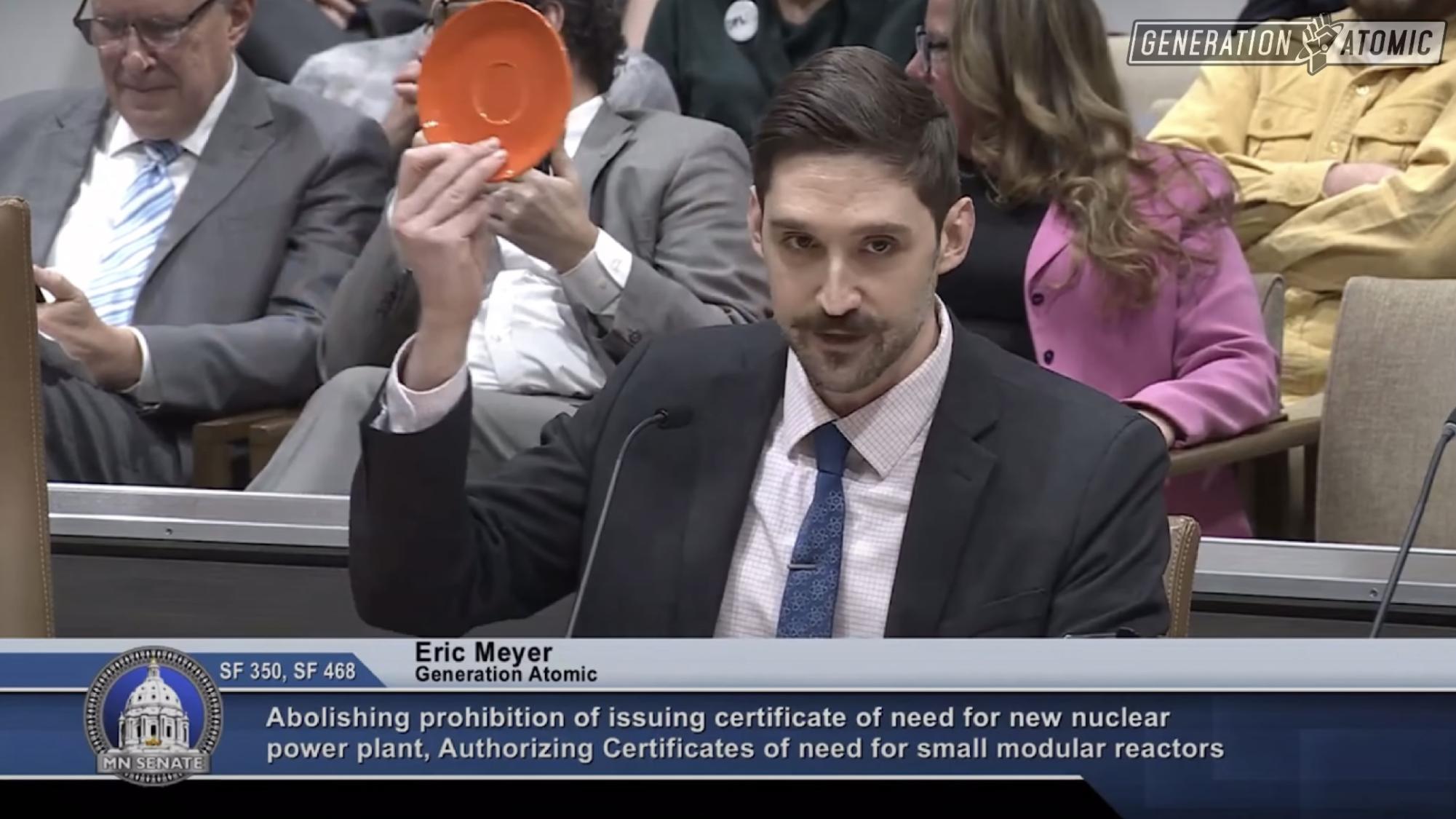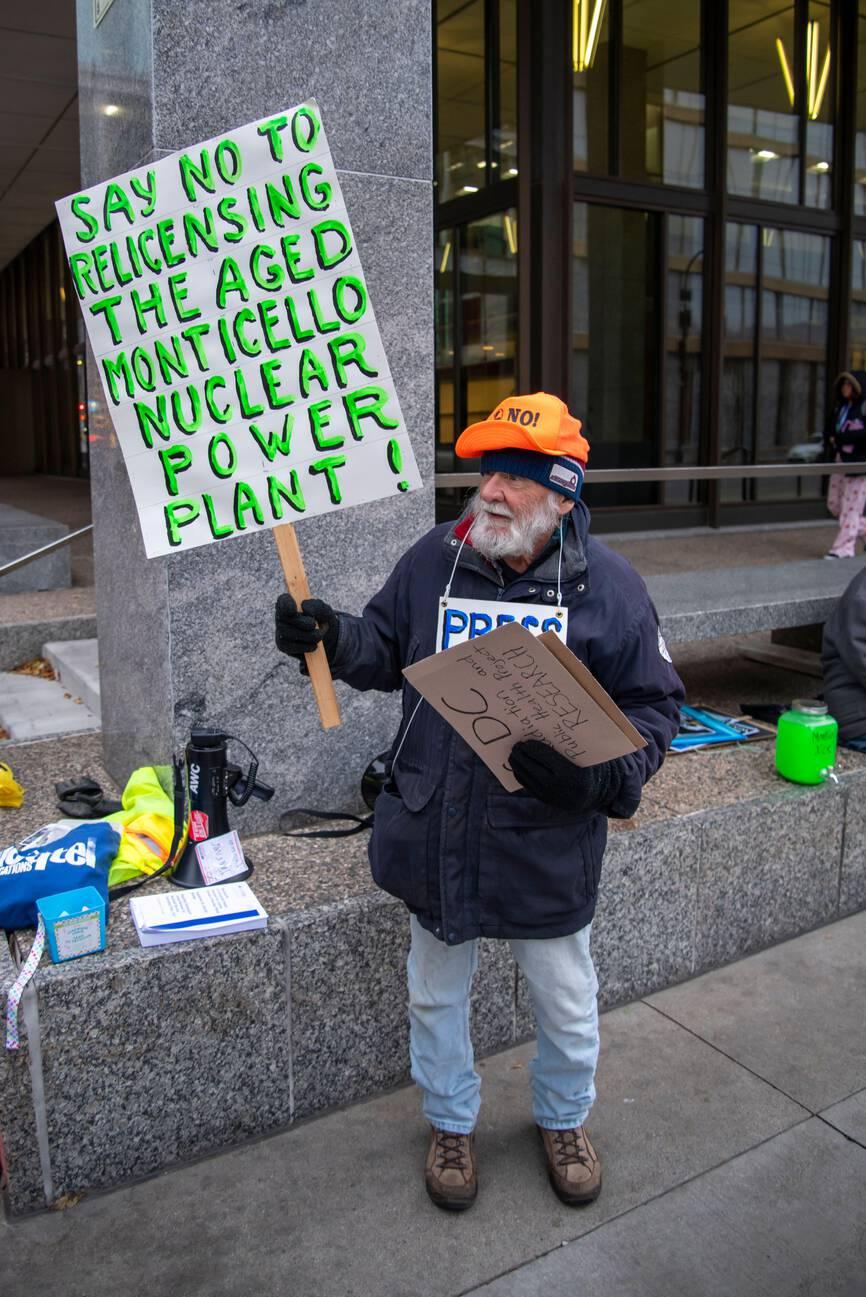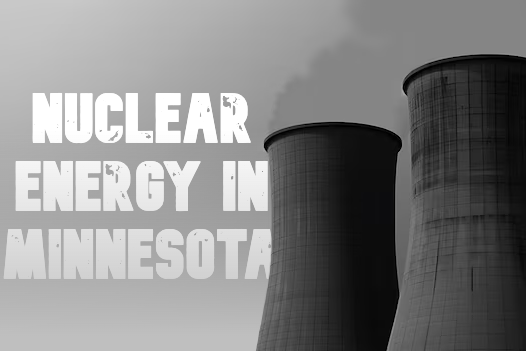How Did We Get Here?
It’s early spring, and members of the 1994 Minnesota legislature are entangled in deliberation. They’re determining whether Northern States Power (NSP) should be authorized to store nuclear waste on-site at their Prairie Island nuclear power facility. Higher-ups at NSP are waiting anxiously as the fate of their nuclear power plants, and unbeknownst to them, the fate of nuclear energy in Minnesota as a whole is being decided. NSP just needs to get permission to build a couple dozen new storage ‘casks’ for their slowly increasing amount of nuclear waste, which will soon outgrow their limited storage capacity.
Although this situation seems like a planning failure on the part of NSP at first glance, the answer of who is at fault is more nuanced than that. In 1982 the federal government made a commitment to build a facility deep within a mountain in Nevada where nuclear waste from all over the country would be stored. It is with this promise in mind that many nuclear reactors have been operating. But as time has passed, progress has slowed, and it doesn’t look like the project will be completed for a few more decades, if it ever gets finished at all. This is why NSP has gotten into its predicament. NSP knows that if it’s unable to get approval to build casks, it may have to shut down its nuclear reactors.
But NSP is not the only party with skin in the game. It’s been less than ten years since the Chernobyl disaster, and the public is still wary about all things radioactive. Some local environmentalist groups are concerned with the long term safety of NSP’s nuclear waste storage plan. Members of the Prairie Island Indian Community, who live close to the facility, share similar concerns. In fact, these groups are part of the reason why NSP has to get approval from the state legislature. Initially, NSP had been approved by a lesser power to build their casks as a temporary storage solution, but opponents to this plan appealed the decision. Their justification for doing so was that they believed that the casks would eventually become a permanent solution by virtue of NSP simply not implementing another solution. If NSP wanted to construct permanent storage, they would then have to get approval from the state legislature. The Minnesota court of appeals ruled that the storage was permanent, and the decision must now be made by the legislature.

After a great deal of discussion and a vote, the legislature passes a law that allows NSP to use 17 casks for on-site nuclear waste storage. But as a compromise, this law also instates an indefinitely long moratorium on the construction of new nuclear power plants in Minnesota. This means that no new nuclear power plants can be built in the entire state.
Over the following decades this law persists, but so do NSP’s two nuclear power plants. Eventually NSP turns into Xcel Energy, a major supplier of energy in Minnesota and beyond.
As the year of 2023 is beginning, governor Tim Waltz signs a bill that states that all energy generation in Minnesota will be 100% carbon free by 2040. People in the power generation industry know this goal is not going to be easy to achieve.
In March of 2025 a bill is proposed that will result in the lifting of the moratorium on nuclear energy construction, if it passes the legislature. This isn’t a guaranteed end to the moratorium, but it has a shot at passing. If it passes, the 2040 clean energy goal may just be achievable.
Diving Deeper Into Generation Atomic’s Achievements

Generation Atomic has done lots to advocate for nuclear energy in the state of Minnesota and beyond. The founder of Gen A, Eric Meyer (Matt’s brother), has given many compelling testimonials in front of the Minnesota senate. Most recently he spoke about the need for the nuclear moratorium to be lifted so that Minnesota can achieve its clean energy goals, while also addressing concerns regarding the safety of nuclear waste storage.
Around the world, Gen A has campaigned for nuclear power and combatted its misconceptions. At the 2018 United Nations Climate Change Conference they went around discussing the role of nuclear power in addressing climate change.
Gen A has also held a program called Nuclear Ambassador Training, which is meant to develop the skills of nuclear energy supporters so that they can effectively advocate for nuclear energy on their own. Participants wrote letters to their legislators, practiced responding to anti-nuclear internet comments, and had simulated conversations about nuclear energy.
Gen A isn’t all about debate and policy, though. They are also finding fun ways to spread their cause. Board Games & Beer was an event where they tested out a new board game called Climate Chaos. Another event of theirs, Climate Clash, is meant to teach kids about clean energy through an engaging game with lots of physical activity involved.
Through all these methods Gen A has increased the public’s knowledge about nuclear energy and helped create a network of advocates who have the skills to inform others about nuclear energy, hold their representatives accountable, and even recruit other advocates.
Public Opinion & Knowledge of Nuclear Energy Production

A group of 38 Minnesotans from various backgrounds answered these questions by selecting their opinion from a list of answer choices:
Q: How safe do you think working at a nuclear power plant is compared to working at a coal or gas power plant?
Respondents had a range of opinions, but nearly 45% felt nuclear is equally as dangerous as, or even more dangerous than coal or gas are for their workers.
In reality, nuclear energy is significantly safer for its workers than coal or gas is. (Our World in Data) These responses generally show that people feel nuclear energy is more dangerous for plant workers than it actually is. This could be attributed to portrayals of nuclear plants in popular media.
Q: How likely do you feel nuclear waste is to be a threat to surrounding communities when stored on site at a reactor?
Respondents felt somewhat strongly that on-site nuclear waste storage would pose a threat to surrounding communities, with over 50% saying it is likely to happen, or it will definitely happen eventually.
There could probably be a greater effort by the nuclear industry to combat these stigmas and misinformation about nuclear waste. Most nuclear waste produced is hazardous due to its radioactivity “for only a few tens of years […] Only a small volume of nuclear waste (~3% of the total) is long-lived.” (World Nuclear Association) In addition to this, nuclear waste is stored extremely securely, making any external contamination practically impossible.
Q: Do you think Minnesota should invest more money into new nuclear power generation than into new wind or solar power generation?
Respondents clearly demonstrated that they felt that nuclear energy should not be invested in more than wind or solar energy, with 60% saying no & 8% saying yes. The remaining 32% of respondents were undecided.
This demonstrates that many people see wind and solar energy as a better option for the future of energy production than nuclear energy. However, nuclear is arguably a much better choice for energy production since it does not depend on the weather, and has equal or less carbon footprint. (CarbonBrief)








